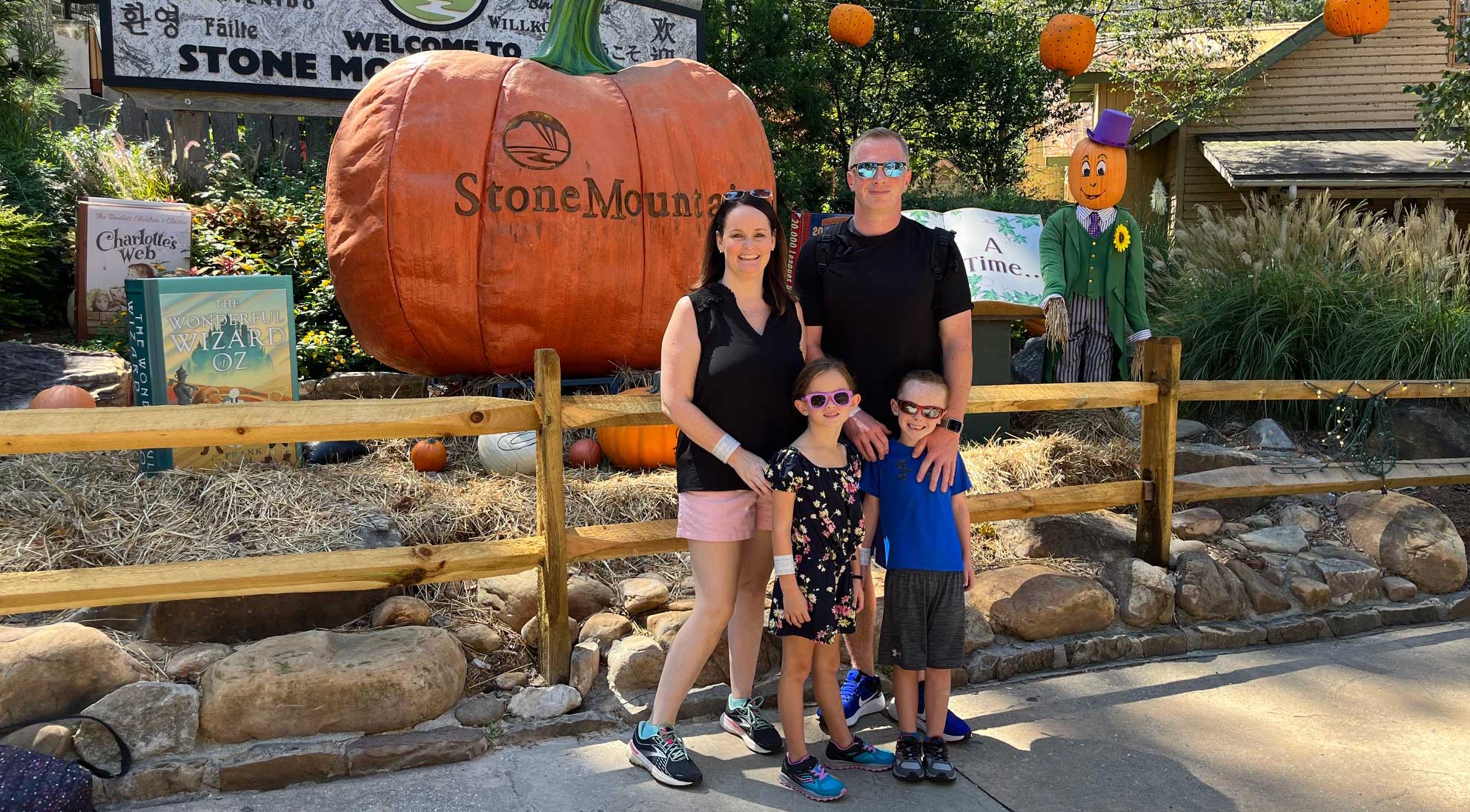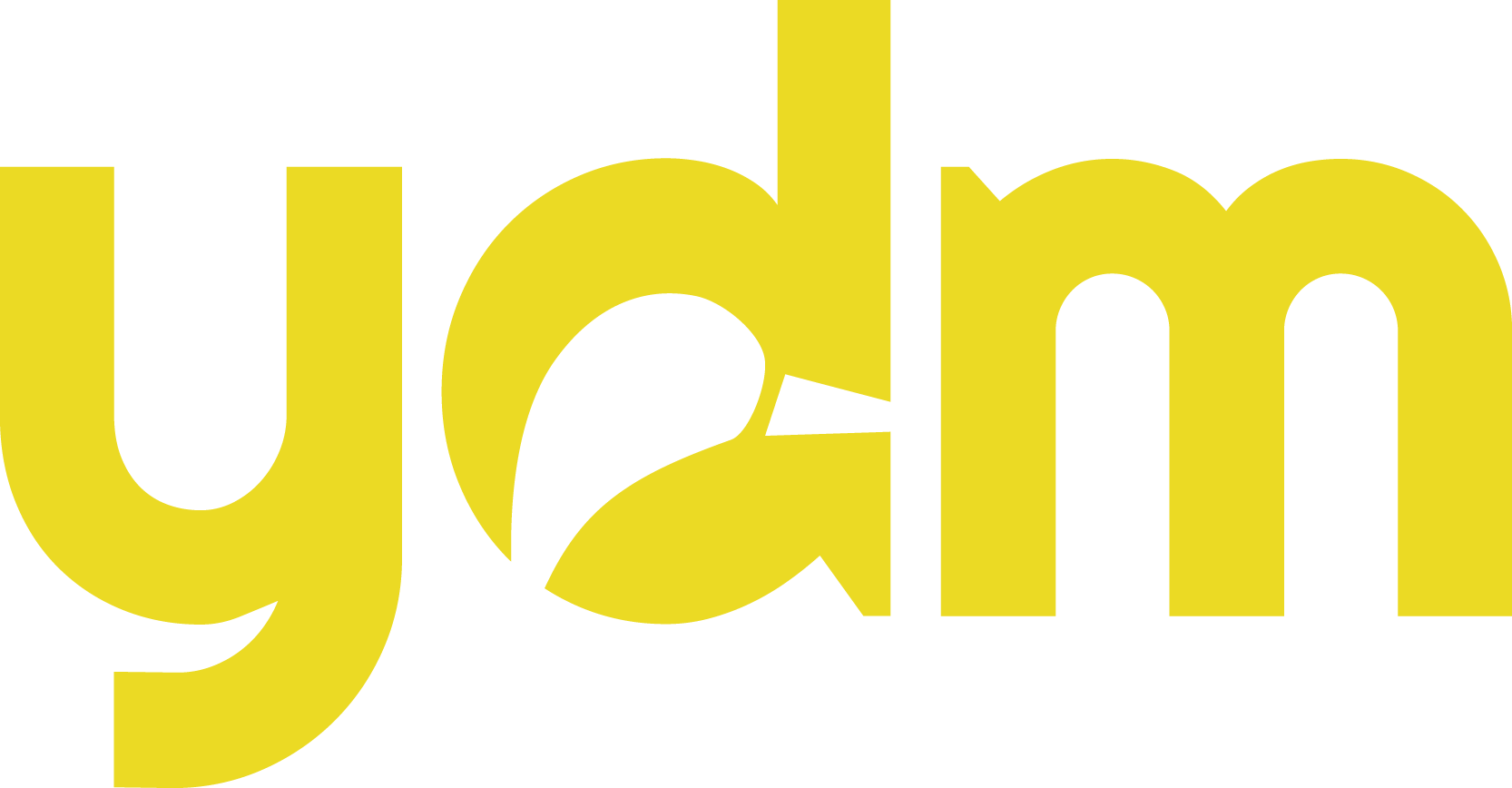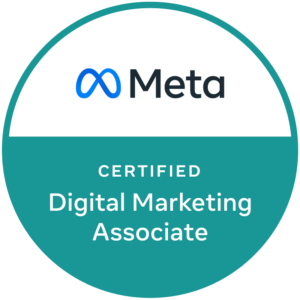Sometimes keeping track of how to use LinkedIn’s personal profile pages, company profile pages and business groups gets confusing. It’s important to understand the distinct uses of each type of marketing tool, so your business can effectively brand itself online and connect with its target audience.
Personal Profiles
Personal profiles focus heavily on one’s skills, expertise and interests. Don’t forget to include a high-quality headshot that fits the standards of your industry – for example, a criminal attorney would be wearing a suit jacket – and cover photo that fits your brand. Creatives can also take advantage of LinkedIn to share links to their portfolios demonstrating their web design, graphic design, writing and photography skills.
It’s important to think about whether your headline, summary, experience and interests are making you sound like someone who’s well-versed in your field. Your headline and summary should be filled with the types of keywords people searching for your business’ services would use. Well-written ones will capture attention immediately and position you as a thought leader and problem solver.
Thought Leadership
Thought leadership is a type of content marketing where an individual takes his or her talent and experience from being involved in a particular industry and uses it to tackle big questions that others within that same industry care about. One excellent way to become a thought leader – and publish posts about your knowledge on your LinkedIn profile – is to do deep research on a specific subject matter, so you’re presenting specialized knowledge others are not. This isn’t necessarily an opportunity to talk about how all your products are superior to your competitors. Rather, it’s a way to tackle your customers’ challenges head on and provide potential solutions to them.
Thought leaders can be executives and product managers, but they can also be sales representatives, customer service specialists, designers and other creatives. But no matter who is writing the content, it does best with a powerful headline to capture attention, a compelling subject matter your industry is buzzing about and a definitive call-to-action. Using pictures, videos and graphics, as well as posting consistently to build followership, are also keys to success. Keep in mind the power of being a genuine personality behind the screen, and don’t forget to entertain your readers with humorous industry anecdotes.
Yellow Duck Marketing specializes in creating thought leadership content for clients with this need. Our content writers will sit down with you to understand your area of expertise and create content that is engaging and informative. Offering your followers great content makes you part of the conversation early on in the consumer journey. Your audience will get to know you and feel more comfortable with your brand – leading to more business leads and sales in the future.
Company Pages
Company pages are a way for people to get to know your organization or business better. Think of this space as your company website within LinkedIn: primetime branding real estate. Your page needs to maintain your company’s branding voice and is targeted toward your employees, customers and potential future hires.
A well-crafted company page should showcase your customers, employees, capabilities, products and services, and events. This is a place to share press releases, job opportunities, industry news and articles, behind-the-scenes photos, links to blog posts and employee success stories. It’s also a great location to highlight company events or community events your business is involved in that enhance its credibility and position it as a leader in its field. Another bonus of setting up a company page is that customers only need to follow your business page to begin engaging with your brand immediately. By comparison, they may have to wait a long time for a personal LinkedIn invitation to be accepted by a company employee.
Groups
Today, more businesses are opting to form niche, closed communities instead of or despite building huge public pages. With more than 500 million users on LinkedIn eager to utilize the platform to further their professional network, build their personal brand and increase their industry knowledge, groups become a prime way to bring customers together, especially for B2B companies.
That’s because LinkedIn groups’ primary purpose is building community, as well as a place to network and build your business’ trustworthiness. Members can talk about a topic that binds them together, share articles and ask questions with other group members who can reply back to you in turn. Everyone in the group can likewise comment on conversations that they aren’t directly involved in.
Building a group around a topic that naturally connects to your brand as opposed to one directly promoting your company will help people create a natural connection with your brand as opposed to forcing one. For example, if you run a financial services company, you could begin a group centered on topics such as planning for retirement or saving for your children’s college education. Additionally, consider joining LinkedIn groups that your clients belong to in order to expand your reach. Visit these groups often, read some of the articles shared and keep track of what members are saying to each other. You’ll learn a lot about potential new customers!
Finally, LinkedIn groups have strong community management perks that aren’t found on other social media platforms. For example, LinkedIn will send a daily or weekly digest of a group’s activities to members to keep them engaged. Administrators can also send an email message to members weekly to remind them of important upcoming events.
We know that’s a lot to digest, but we’re confident you’ll soon be using LinkedIn like a pro! If you’d like more personalized advice that suits your unique business needs, please shoot us an email or give us a call at 704-271-9555.








